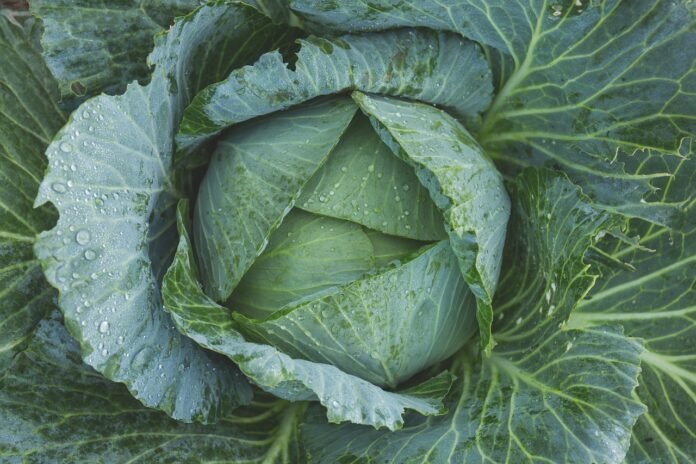Gardening Tips for Beginners and Seasoned Gardeners
Gardening is a rewarding and fulfilling hobby that can provide a sense of accomplishment and connection to nature. However, it can also be challenging, especially for beginners. To help you get started or improve your gardening skills, we’ve compiled a comprehensive guide with tips for every level of experience.
Site Selection and Soil Preparation
Choosing the Right Location
- Sunlight: Most plants require at least 6 hours of sunlight per day.
- Soil quality: Soil should be well-drained, fertile, and free of debris or rocks.
- Water availability: Ensure access to a water source or plan for irrigation.
- Wind protection: Avoid exposed areas to protect plants from damage.
Preparing the Soil
- Test your soil: Determine soil pH and nutrient levels before planting.
- Amend the soil: Add organic matter such as compost or manure to improve soil structure and fertility.
- Tilling: Loosen the soil deeply to allow roots to penetrate easily.
Plant Selection and Planting
Choosing Plants
- Climate zone: Select plants that are suited to your local climate.
- Purpose: Decide if you want vegetables, flowers, or herbs.
- Size and spacing: Consider the mature size of plants and space them accordingly.
Planting Techniques
- Dig holes: Dig holes twice the width and depth of the root ball.
- Amend the hole: Mix compost into the soil at the bottom of the hole.
- Plant the root ball: Place the plant in the hole and fill it with soil.
- Water thoroughly: Water deeply after planting.
Watering and Fertilizing
Watering
- Frequency: Water plants when the soil feels dry to the touch.
- Amount: Water deeply, allowing the water to penetrate the root zone.
- Avoid overwatering: Soggy soil can lead to root rot.
Fertilizing
- Type: Use a balanced fertilizer that provides nitrogen, phosphorus, and potassium.
- Timing: Fertilize plants regularly during the growing season.
- Amount: Follow the instructions on the fertilizer label.
Pest and Disease Management
Identifying Pests
- Inspect plants regularly: Look for signs of insects, larvae, or other pests.
- Common pests: Aphids, caterpillars, slugs, and spider mites.
Disease Prevention
- Crop rotation: Avoid planting the same plant in the same location year after year.
- Companion planting: Plant certain species together to deter pests.
- Remove infected plants: Dispose of diseased plants promptly to prevent the spread of infection.
Maintenance and Seasonality
General Maintenance
- Mulching: Spread mulch around plants to retain moisture, suppress weeds, and regulate soil temperature.
- Weeding: Regularly remove weeds to prevent competition for nutrients and water.
- Pruning: Remove dead or diseased branches to promote plant health and growth.
Seasonality
- Spring: Plant cool-season crops, fertilize and mulch.
- Summer: Water regularly, protect plants from extreme heat.
- Fall: Harvest vegetables, prepare beds for winter.
- Winter: Protect plants from frost, cover tender species with mulch or row covers.
Conclusion
Gardening is a rewarding endeavor that can bring joy, fulfillment, and fresh produce to your life. With proper planning, care, and maintenance, you can create a beautiful and thriving garden. Follow these tips to get started on your gardening journey or enhance your current skills.


